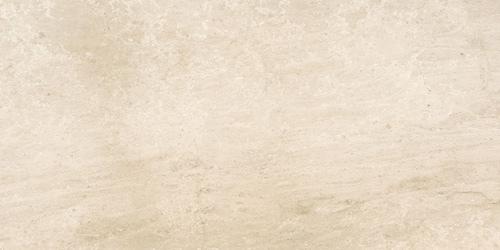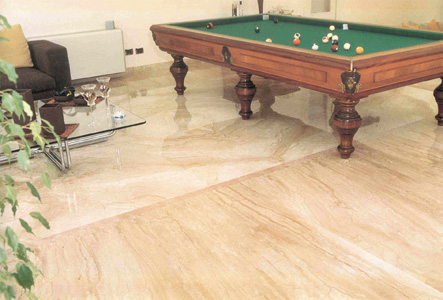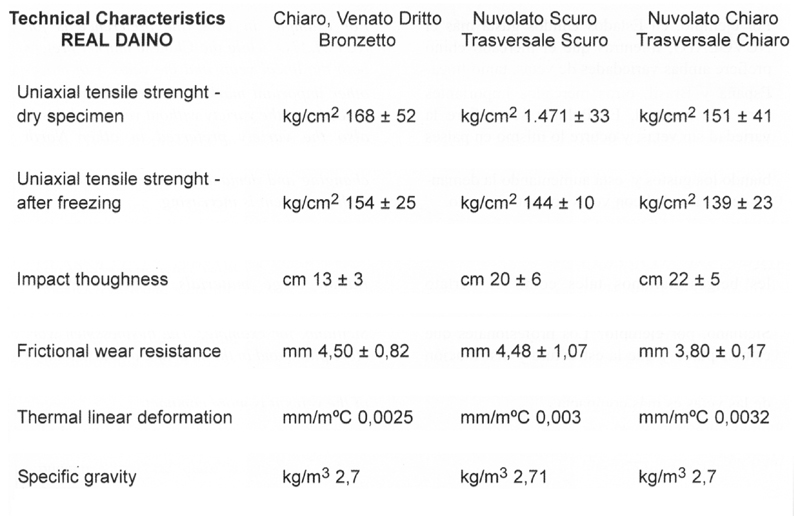One of the better known of the hundreds of Italian stones being sold all over the world is REAL DAINO. This beige material is extracted in Orosei, in Sardinia. One striking element of REAL DAINO is that unlike some other Italian materials which have acquired almost a mystique in the popular mind due to their long history of extraction and processing going back several centuries, the modern extraction of this material is actually quite recent by the standards of Italy, and is only about 50 years.
REAL DAINO is known in the stone industry by several different names, other names being LA PERTO, DAINO REALE, PERLATO OLIMPO, BRECCIA SARDA, being only some of them. The different names are given by different companies extracting from different quarries in the same region, but they all belong to the same family of materials.

The annual production of this material is around 200.000 tons and there are currently 8 quarries which are active and a total of 15 companies processing the material. The quarries have depth of 600 metres. The material is a difficult one to extract due to problems of breakage, and the veins can change. The material is highly crystalline.
According to Mr. Ivo Ratti, President of Consorzio Marmi e Graniti Sardegna Centrale Oresei and also President of GRUPO RATTI, the industry around Daino Reale provides employment to around 500 people directly and another 1500 indirectly.
Varieties of Real Daino
REAL DAINO comes in different varieties. It can be with veins or without veins. The variety without veins is usually called CLARO CLASSICO. The variety with veins can have lineal veins (also called VENATO) or veins with movement, in which case the name given is NUVOLATO. All the materials are, however, beige in colour, though the tones may well be light and can also be dark.



Applications and markets
The main application of this material is for interiors and is not recommended for exteriors. It is a material for design.

The material is sold all over the world but, as would be expected, different markets tend to have different preferences.
For example, in USA, the preference is for NUVOLATO, while the Chinese market prefers both the lineal veins and the veins with movement. In the Middle East the lineal veins are preferred, as also in India, Spain and Brazil, other important markets. In Poland the preference is for the variety without veins and this is also the variety preferred in other North European countries such as Germany and Netherlands. In Poland, however, the tastes are changing and demand for the variety of veins with movement is increasing.
How does REAL DAINO differ from other Italian beige materials, such as Perlato Siciliano, for example? The businessmen working with REAL DAINO say their material is more plain, and in the structure and distribution of the veins it is more compact.

Sections
